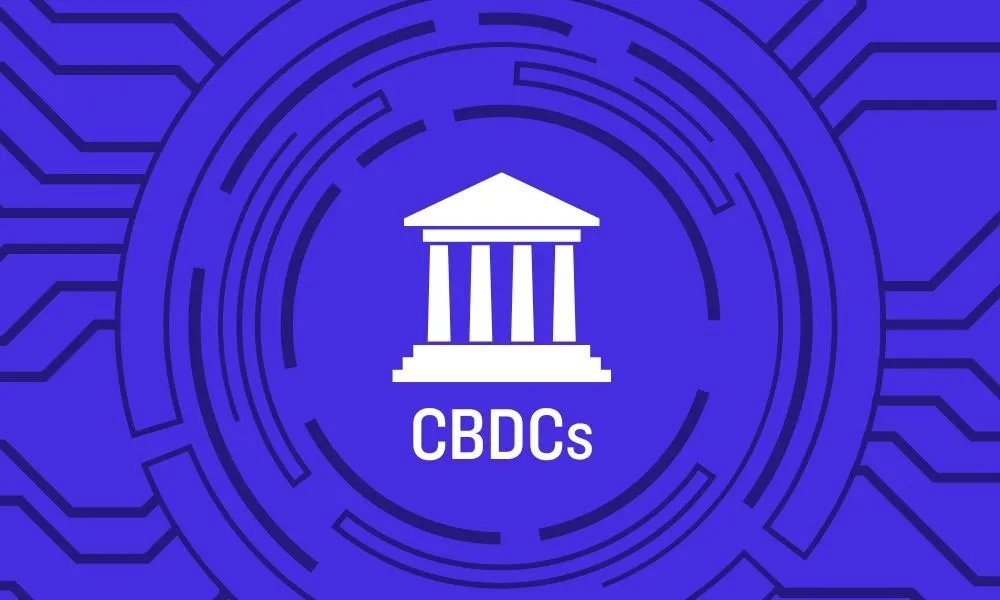Understanding CBDCs: Why They Matter
Understanding CBDCs (Central Bank Digital Currencies) is becoming increasingly important as governments worldwide experiment with the future of money. Unlike cryptocurrencies, which are decentralized and volatile, CBDCs are digital versions of a nation’s fiat currency, issued and regulated by central banks. Their purpose is to combine the convenience of digital payments with the security and stability of government backing.
As physical cash declines and cashless societies gain traction, CBDCs are emerging as a transformative force in global finance. From reducing transaction costs to reshaping monetary policy, the implications of CBDCs reach far beyond the banking sector.
What Are CBDCs?
CBDCs are state-issued digital currencies that mirror the value of a country’s fiat money. They are not meant to replace national currencies but to serve as their digital counterpart. Unlike cryptocurrencies such as Bitcoin or Ethereum, CBDCs are backed by a central authority, ensuring price stability and minimizing risks for consumers and businesses.
Key objectives of CBDCs include:
- Expanding access to financial services for the unbanked population
- Reducing the cost of cross-border payments
- Enhancing security and financial stability
- Supporting central banks in implementing effective monetary policies
The International Monetary Fund notes that CBDCs could play a pivotal role in reducing inequality and modernizing payment systems.
Types of CBDCs: Wholesale vs. Retail
CBDCs can be broadly divided into two categories, each with distinct purposes:
Wholesale CBDCs
Wholesale CBDCs are designed for use by financial institutions. They function like central bank reserves, facilitating interbank settlements and improving the efficiency of large-value transfers. Central banks can leverage wholesale CBDCs to adjust interest rates, manage liquidity, and strengthen financial stability.
Retail CBDCs
Retail CBDCs are digital currencies accessible to the general public. They aim to provide households and businesses with a safe, government-backed payment option. Retail CBDCs can be:
- Token-based, allowing anonymous transactions validated with private/public keys.
- Account-based, requiring digital identification and central bank-managed accounts.
By offering these models, central banks can balance privacy concerns with anti-money-laundering measures.
Global Progress on CBDCs
Dozens of nations are exploring or piloting CBDCs, with some already launching them.
- Launched: The Bahamas (Sand Dollar), Nigeria (eNaira), and Jamaica (Jam-Dex)
- Pilots: China’s digital yuan and 36 other pilot projects globally
- Research stage: The U.S. Federal Reserve is studying potential benefits and risks
According to the Atlantic Council CBDC Tracker, more than 130 countries—representing 98% of global GDP—are actively engaged in CBDC research or development.
Benefits of CBDCs
CBDCs promise several advantages over traditional banking and private cryptocurrencies:
- Financial inclusion: In the U.S., around 6% of adults remain unbanked, and the numbers are higher in emerging markets. CBDCs could provide accessible payment options for these populations.
- Lower costs: By reducing reliance on intermediaries, CBDCs can lower transaction and remittance costs, which remain disproportionately high in developing nations.
- Monetary policy tools: CBDCs give central banks direct channels to influence liquidity, interest rates, and inflation.
- Enhanced security: Unlike volatile cryptocurrencies, CBDCs are backed by governments, offering stability and reduced systemic risks.
Challenges and Risks of CBDCs
Despite their potential, CBDCs face significant challenges:
- Financial system disruption: Direct consumer accounts at central banks could reduce reliance on commercial banks, reshaping the financial ecosystem.
- Privacy concerns: Striking a balance between anti-crime monitoring and user anonymity is a delicate task.
- Cybersecurity threats: As highly valuable targets, CBDC networks must defend against sophisticated hacking attempts.
- Monetary policy complexities: Widespread CBDC adoption could alter central banks’ ability to manage credit, lending, and interest rates.
As the Bank for International Settlements points out, CBDCs must be carefully designed to complement, not destabilize, existing systems.
CBDCs vs. Cryptocurrencies
At first glance, CBDCs and cryptocurrencies seem similar—they’re both digital currencies. But their core philosophies diverge:
- Cryptocurrencies are decentralized, unregulated, and highly volatile. Their value depends on investor sentiment and usage.
- CBDCs are centralized, regulated, and pegged to national fiat currencies. They prioritize stability over speculation.
Unlike cryptocurrencies, CBDCs may not require blockchain technology or consensus mechanisms. Their success depends on integration with existing financial frameworks rather than replacing them.
The Road Ahead: CBDCs and the Future of Money
CBDCs are no longer theoretical—they are becoming a reality. While only a handful of nations have fully launched them, the momentum is undeniable. Governments see CBDCs as tools for financial modernization, cost reduction, and increased economic resilience.
However, the path forward requires careful balancing: ensuring accessibility without undermining banks, protecting privacy while enabling oversight, and building cybersecurity defenses strong enough to secure national economies.
As adoption spreads, understanding CBDCs will be crucial for businesses, consumers, and policymakers navigating the digital financial era.
FAQ: Understanding CBDCs
What does understanding CBDCs mean for everyday users?
It means recognizing how CBDCs could provide safer, faster, and more affordable digital payments compared to traditional banking and private cryptocurrencies.
Are CBDCs the same as cryptocurrencies?
No. Understanding CBDCs highlights that while they share digital features, CBDCs are government-backed and stable, unlike decentralized cryptocurrencies.
Which countries have already launched CBDCs?
The Bahamas, Jamaica, and Nigeria have launched CBDCs, while countries like China and India are testing pilot projects.
Will the U.S. adopt a CBDC?
The U.S. Federal Reserve is still studying the risks and opportunities of CBDCs. No official launch has been announced.
What are the risks of CBDCs?
The main risks include potential disruptions to commercial banking, privacy concerns, and exposure to cybersecurity threats.
Conclusion
Understanding CBDCs is not just about following a financial trend—it’s about anticipating the next major shift in how money works. With global adoption accelerating, CBDCs could transform payment systems, expand financial access, and redefine the role of central banks.
While challenges remain, the momentum behind CBDCs suggests they may soon become a cornerstone of modern economies. The key question is not whether they will arrive, but how they will reshape the financial world once they do.

